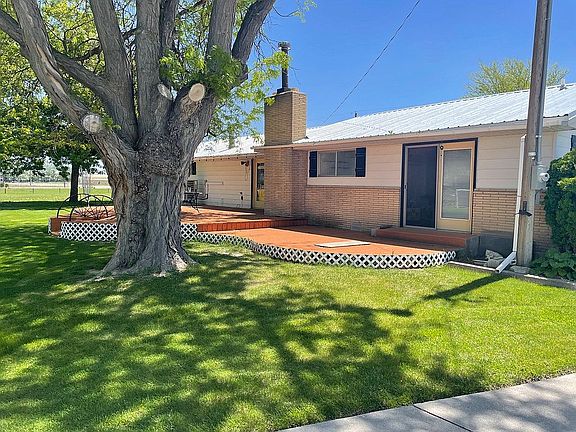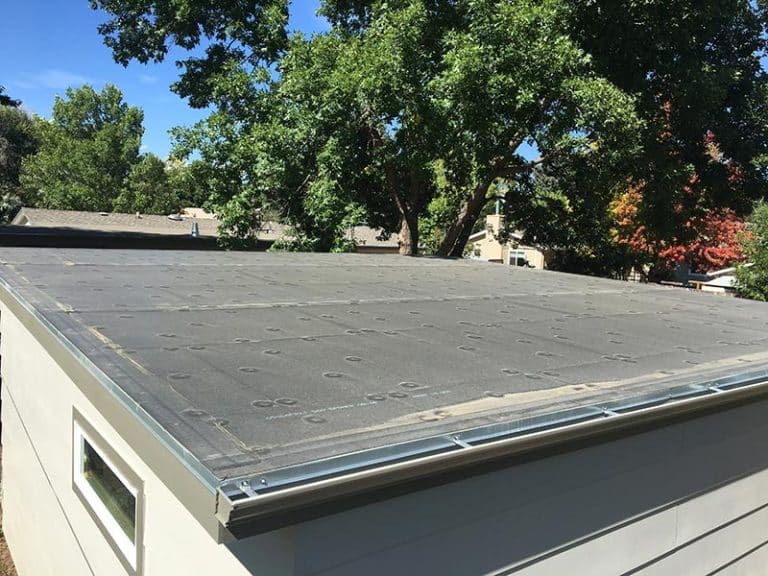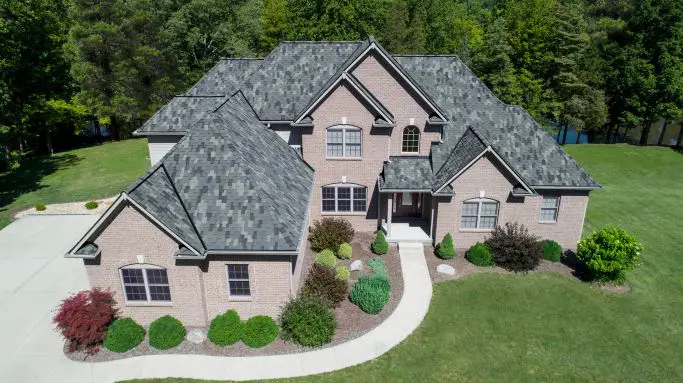


This is because the asphalt material doesn’t buckle in extreme heat as other low-slope roofing materials can. Modified bitumen is also a terrific low-slope roofing option if you live in an area with a hot climate. In addition, modified bitumen can be included in the composition of a built-up roofing system. This makes them very durable, and the asphalt coating means it is very resistant to UV damage. The additional materials used to make the sheets can be rubber or plastic. The layers are made up of roofing sheets composed of asphalt composites. Much like built-up roofing, modified bitumen roofing systems are installed in layers. Modified bitumen is also very durable, partly because of how it is installed. On average, you will spend between $2.50 and $4.00 per square foot for modified bitumen. One of the reasons modified bitumen is one of the best low slope roofing options is the cost. What are the best low-slope roofing options? Let’s take a look: Modified Bitumen Roofs So what if your roof is a good candidate for a low slope roofing system. When water drainage is not a concern, a low-slope roof poses a viable and affordable option compared to a pitched roof. Though flat roofs also have virtually no steepness, they have a slight pitch of no more than half an inch per foot.īoth flat and low-slope roofs are common on modern commercial buildings, especially in areas with arid climates that lack annual rain. Low-slope systems are often confused with flat roofing systems, but there is a difference. In addition, a low-slope roof must not rise more than three vertical inches for every horizontal foot.Īs you can imagine, this means the roof will have almost no steepness at all. So what can be considered or classified as a low slope roof? A low-slope roof will have a slope of less than 3 in 12.

Other Considerations for Low-Slope Roofsīefore we get into the viable materials and systems for low slope roofs, it could be beneficial to go over the basics of these types of roofs.Repeat the same operation on the other side of the membrane.Īpply pressure with the help of a metal or hard rubber roller over the entire surface of the membrane to maximize bonding while avoiding any air bubbles, creases or gaps. Remove the protective film from the part that is folded back, then let the membrane fall back on the base. (We recommend resting on one’s knees on the part of the membrane that is not folded, thus avoiding any shifting during this part of the procedure). Fold the membrane back on itself, over half its width, or 50 cm (20 inches) of the entire positioned length. Unroll the membrane and position the roller at the beginning of the lower edge of the roof. Once the membrane is completely unrolled and attached, apply pressure by using a metal or hard rubber roller so that it fully bonds the membrane with the base while eliminating any air bubbles, creases or gaps.

Using a push broom, adhere self-adhesive uncovered side to the substrate, starting from center towards the sides. Peel back the release film on the bottom of the surface by 12 to 16 in (30 to 40 cm) and fold back 45 ° to one side and the other. Then continue to remove the protective film while applying a voltage to the other end of the membrane. Using a broom, adhere the adhesive part to the support starting from the center to the sides. Remove the protective film under the membrane over a length of about 30 to 40 cm (12 to 16 inches) and fold the film at 45 degrees on each side of the membrane. Install the membrane two rolls wide at the bottom of the slope and one roll wide around the remaining roof edge and the construction details. Unroll and position the membrane parallel to the edge of the roof, leaving a 3 in (8 cm) overhang on the edge where the gutter will be installed. Black, Cool Gray, Weathered Wood, Desert Tan Sizes available.Limited warranty: Two-ply – 20 years Colors available.Proves ideal for slopes greater than 1/2” per foot.Completely cold applied no flame, no hot materials, nailed for extra security.Self-adheres lower surface end laps bonded with rubberized mastic.Provides attractive ceramic granular surface.Offers a complete SBS roofing membrane system.Low Slope Roofing - Installing.Īdditionally, Henry ® LowSlope™ Two-Ply Self-Adhered Waterproof Roll Roofing is used as a two-ply roofing sheet for exposure to various weather conditions. Roofing Installation Video for Henry Lo-Slope Self-Adhered Modified Roofing. The product self-adheres with a granulated top service. Henry ® LowSlope™ Two-Ply Self-Adhered Waterproof Roll Roofing is a modified bitumen roofing membrane with a fibrous glass reinforcement.


 0 kommentar(er)
0 kommentar(er)
